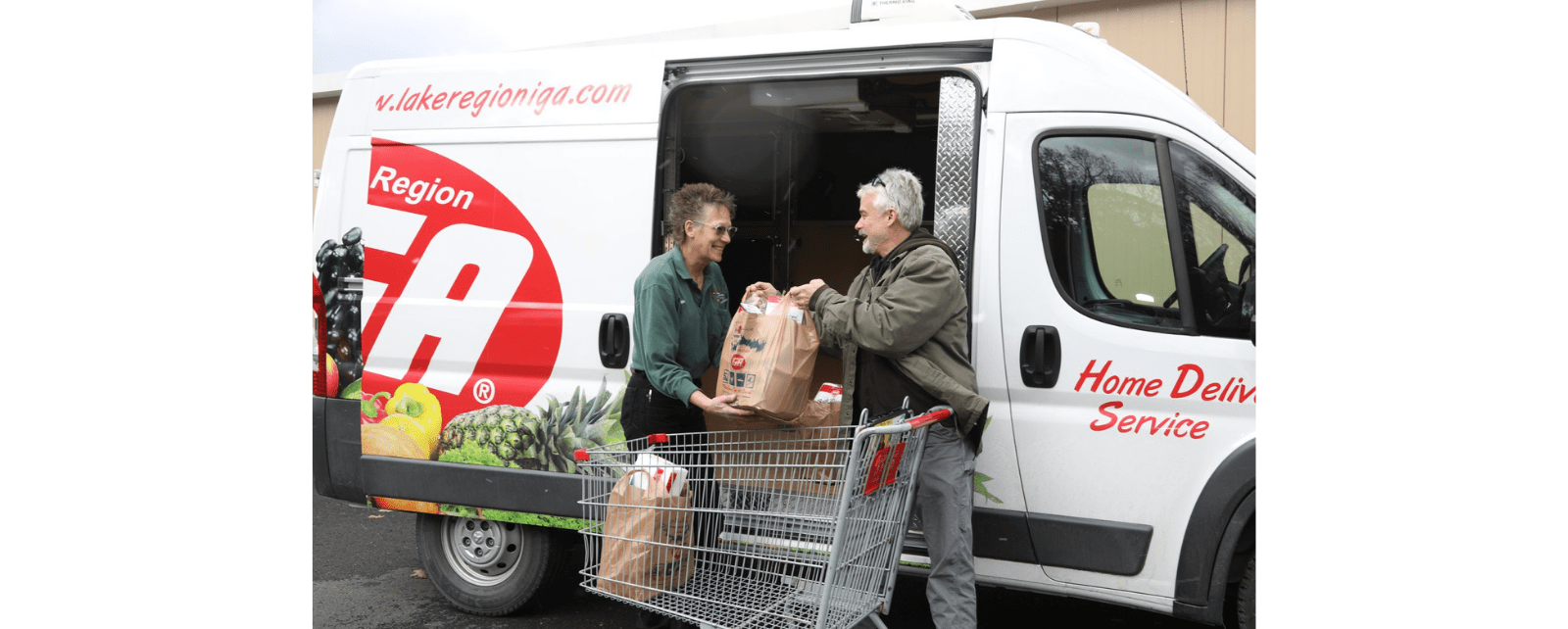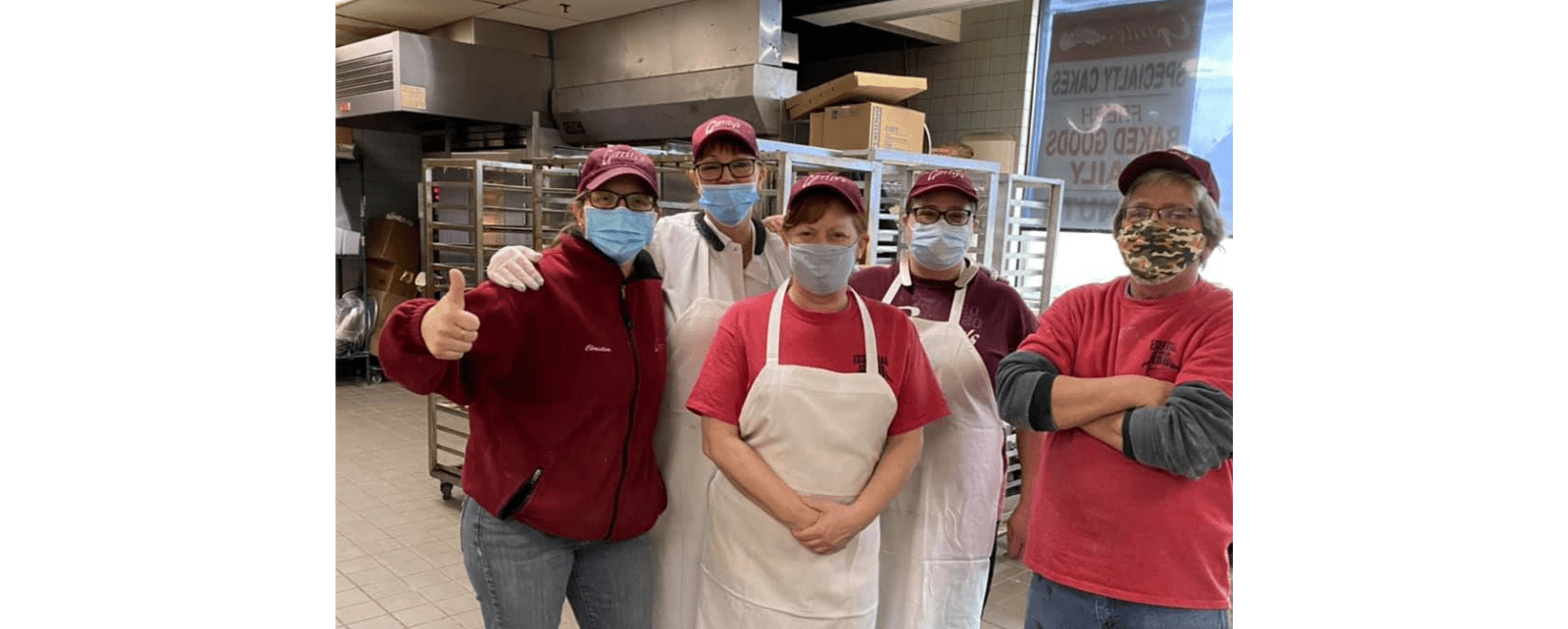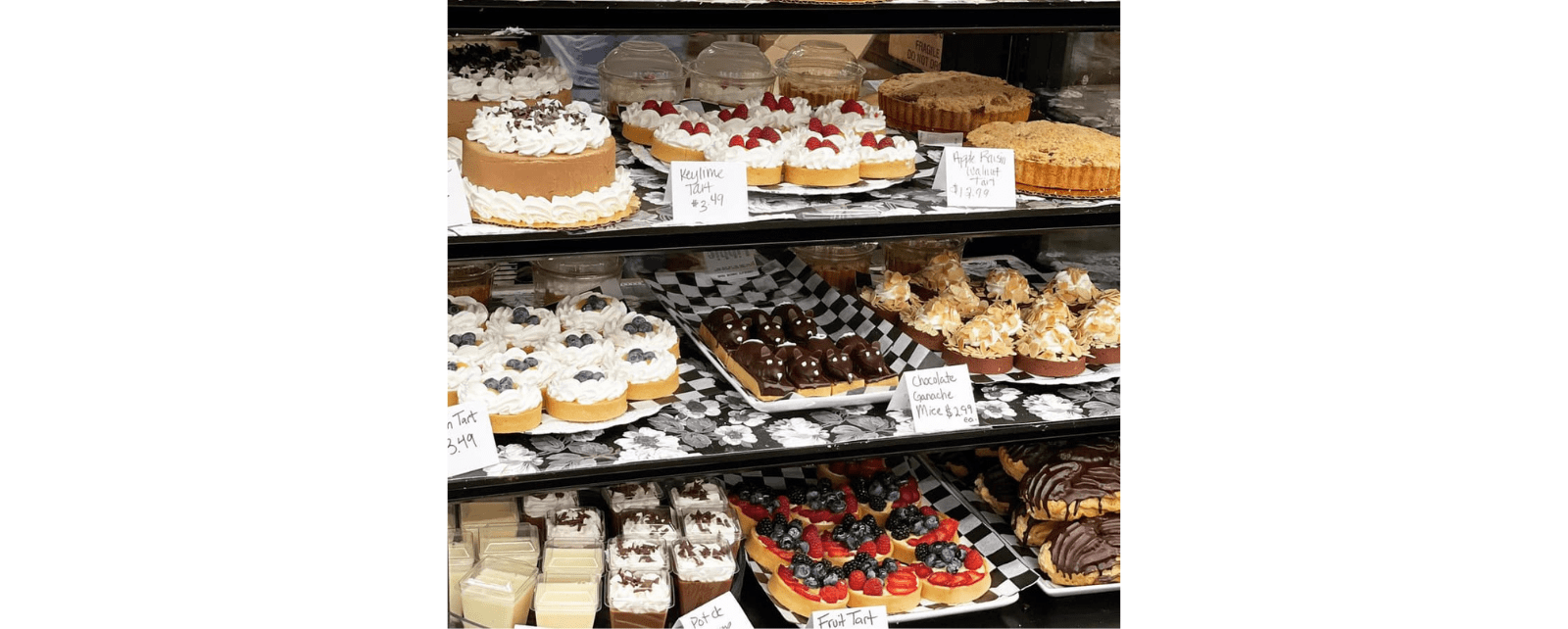The COVID-19 pandemic presented many challenges to independent retailers, but also great opportunities, particularly to increase online grocery sales. Resilient grocers adapted operations, expanded their customer base, adopted new marketing strategies, and built up their online grocery sales strategy to navigate the landscape. Now with light at the end of the tunnel beginning to emerge, retailers are reviewing the changes they made over the past year. Some of these learnings have played a crucial role in steadily growing online grocery sales, even now as the initial surge is behind us.
To pin down exactly what worked for successful retailers, the Rosie team invited a panel of experts who adapted to COVID and are still reaping the benefits. We sat down with Rebecca Daniels from Libbie Market (Richmond, VA), Irene Cooper from Lake Region IGA (Hawley, PA), and Amanda Adams from Gerrity’s Supermarket (Northeastern PA) who all shared insights into their pandemic operations and how they plan to keep the success they had moving forward.
Telling customers about your online grocery store
When demand for online grocery ordering emerged at the onset of the pandemic, retailers had to get creative to increase awareness of their online grocery store. In the rural setting of Hawley, PA, Irene Cooper describes their branded delivery vans as moving advertisements, letting shoppers all over town know that they provide online ordering and delivery services. Libbie Market created bag-stuffers and refrigerator magnets to spread the word to their loyal customers who depend on word of mouth across their tight-knit community. Both of these approaches have something in common: a deep understanding of their customer base and how to reach them.

Refreshing in-store operations
When retailers found online grocery orders increase due to COVID, retailers had to develop new processes for picking and bagging online orders. For Libbie Market, that meant hiring a night crew to pick orders for morning pickup to minimize the morning rush. Similarly, Lake Region IGA sought to minimize a hectic atmosphere by expanding their designated space for online orders, attaching a trailer to the store where they could process orders and store them more efficiently. For Gerrity’s, they found that trying several new processes led to chaos. Now that they’ve found their groove, it’s essential to them that they remain consistent to maintain order. All of these scenarios highlight the importance of knowing your team’s strengths and challenges and finding the best ways to accommodate both.

Selling prepared food and offering promotions online
With the COVID surge behind us, our retailer panelists are looking to the future to try new things. Recently, Gerrity’s started using AppCard and are able to offer their customers more coupons and promotions than before, increasing customer loyalty and desire to shop with them versus neighboring competitors. Additionally, customers are looking forward to safely gathering with friends and family again, so both Libbie Market and Lake Region IGA see great opportunity in Cater to better sell prepared food, like party trays and signature options online. Retailers considering how they can expand in the upcoming year should consider which avenues have the best opportunity for them based on customer feedback or industry trends.

As you build out your post-COVID strategy to increase grocery sales, consider some of the key components of executing your plan. Whether it’s hiring more team members, like an ecommerce lead, or expanding your online offering through integrations like AppCard or modules like Cater, trying new ideas are essential to learn how to grow a successful online grocery program. To learn how your store could grow using these platforms, speak with one of our account managers about creating a customized plan for your success. Reach out to our team at feedback@rosieapp.com.

